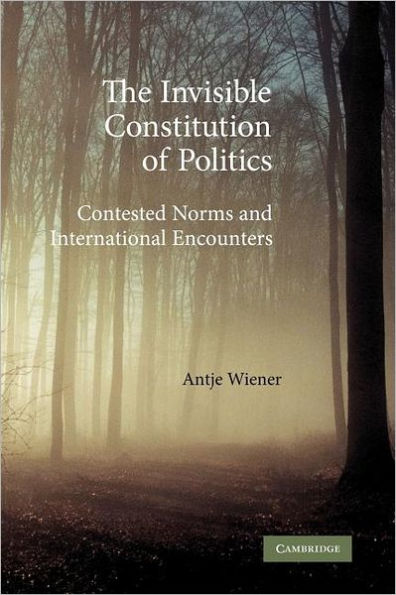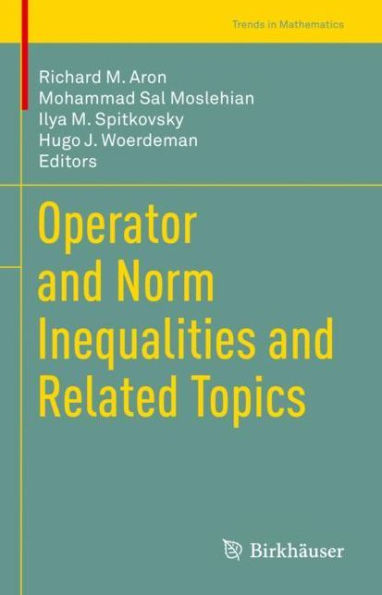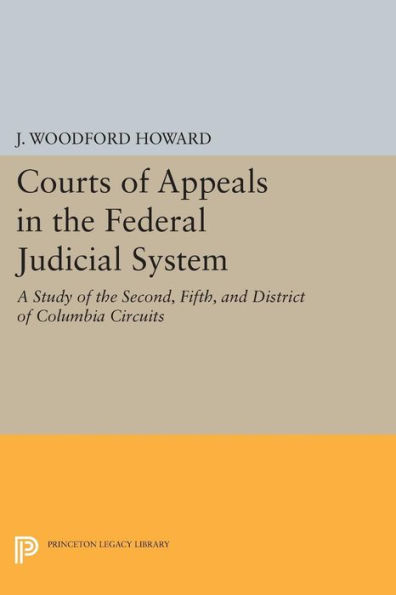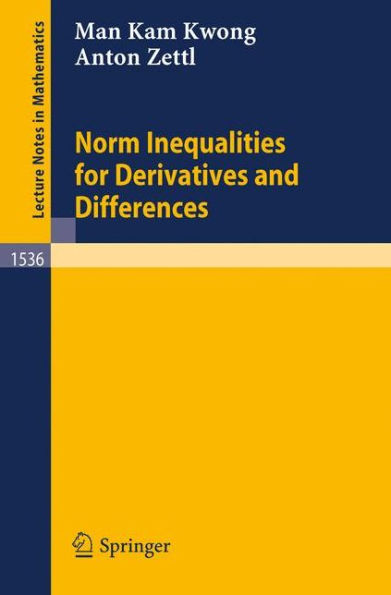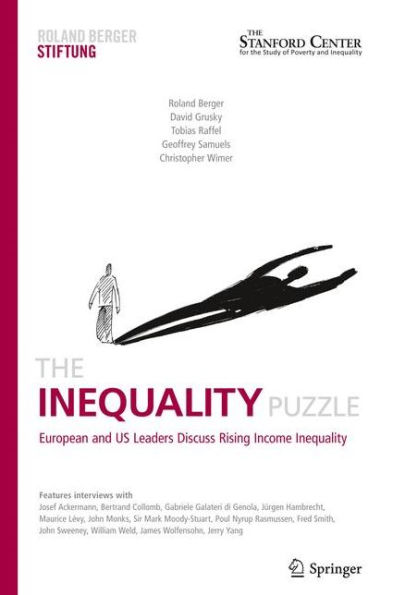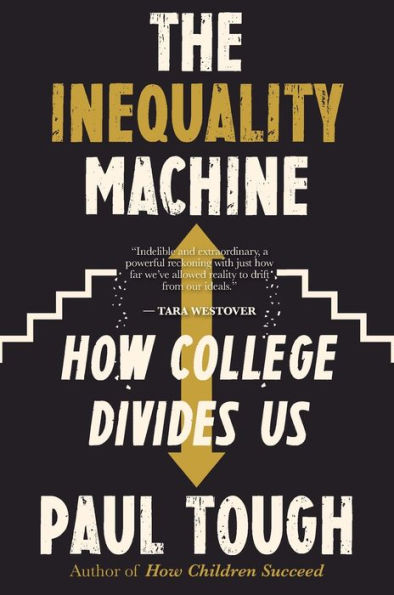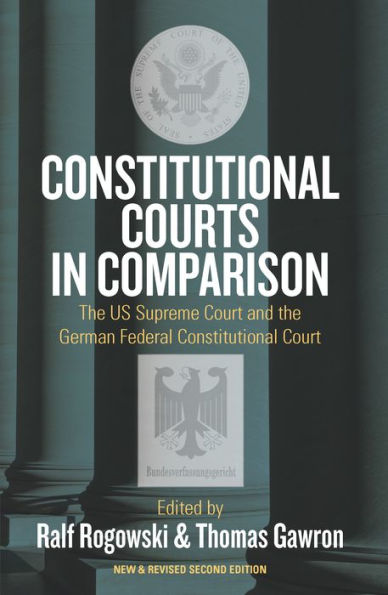Home
Selective Publication The U.S. Courts of Appeals: Invisible Norm that Perpetuates Inequality
Barnes and Noble
Loading Inventory...
Selective Publication The U.S. Courts of Appeals: Invisible Norm that Perpetuates Inequality
Current price: $125.00
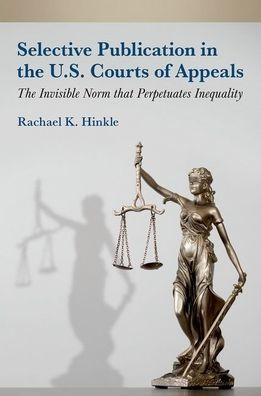
Barnes and Noble
Selective Publication The U.S. Courts of Appeals: Invisible Norm that Perpetuates Inequality
Current price: $125.00
Loading Inventory...
Size: Hardcover
*Product information may vary - to confirm product availability, pricing, shipping and return information please contact Barnes and Noble
Since the 1970s, federal circuit courts have designated some decisions as unpublished as a means of keeping up with an increasing number of appeals, yet still providing quality legal analysis. These unpublished opinions declare that they will only resolve the dispute in question rather than have the rulings act as binding precedent. Scholars have since focused on policy and the law-making function of circuit courts which avoids the difficult task of grappling with the massive number of unpublished decisions. The distinction between published and unpublished rulings has created a breeding ground for disparities in power and privilege that raise serious concerns about social justice. Nearly four out of five decisions are unpublished.
Selective Publication in the U.S. Courts of Appeals: The Invisible Norm that Perpetuates Inequality
presents a comprehensive examination of the theoretical and empirical implications of a key institutional practice in a highly influential set of courts. This book sheds light on the social justice consequences of not publishing all opinions by drawing on an original dataset of over 200,000 cases. Hinkle's rigorous analysis reveals how the seemingly benign institutional feature of selective publication contributes to problematic differences in the way resources and demographic features shape power and privilege in the circuit courts.
This book exposes how the decision to publish or not publish an opinion plays a significant role in who gets what, when, and how in a court of law. Academics and students will find
Selective Publication in the U.S. Courts of Appeals
an accessible tool for understanding circuit courts as an important political institution. Those who shape and are affected by circuit rules will gain important insight about the implications of existing rules that can inform ongoing discussions regarding potential reforms.
Selective Publication in the U.S. Courts of Appeals: The Invisible Norm that Perpetuates Inequality
presents a comprehensive examination of the theoretical and empirical implications of a key institutional practice in a highly influential set of courts. This book sheds light on the social justice consequences of not publishing all opinions by drawing on an original dataset of over 200,000 cases. Hinkle's rigorous analysis reveals how the seemingly benign institutional feature of selective publication contributes to problematic differences in the way resources and demographic features shape power and privilege in the circuit courts.
This book exposes how the decision to publish or not publish an opinion plays a significant role in who gets what, when, and how in a court of law. Academics and students will find
Selective Publication in the U.S. Courts of Appeals
an accessible tool for understanding circuit courts as an important political institution. Those who shape and are affected by circuit rules will gain important insight about the implications of existing rules that can inform ongoing discussions regarding potential reforms.
Since the 1970s, federal circuit courts have designated some decisions as unpublished as a means of keeping up with an increasing number of appeals, yet still providing quality legal analysis. These unpublished opinions declare that they will only resolve the dispute in question rather than have the rulings act as binding precedent. Scholars have since focused on policy and the law-making function of circuit courts which avoids the difficult task of grappling with the massive number of unpublished decisions. The distinction between published and unpublished rulings has created a breeding ground for disparities in power and privilege that raise serious concerns about social justice. Nearly four out of five decisions are unpublished.
Selective Publication in the U.S. Courts of Appeals: The Invisible Norm that Perpetuates Inequality
presents a comprehensive examination of the theoretical and empirical implications of a key institutional practice in a highly influential set of courts. This book sheds light on the social justice consequences of not publishing all opinions by drawing on an original dataset of over 200,000 cases. Hinkle's rigorous analysis reveals how the seemingly benign institutional feature of selective publication contributes to problematic differences in the way resources and demographic features shape power and privilege in the circuit courts.
This book exposes how the decision to publish or not publish an opinion plays a significant role in who gets what, when, and how in a court of law. Academics and students will find
Selective Publication in the U.S. Courts of Appeals
an accessible tool for understanding circuit courts as an important political institution. Those who shape and are affected by circuit rules will gain important insight about the implications of existing rules that can inform ongoing discussions regarding potential reforms.
Selective Publication in the U.S. Courts of Appeals: The Invisible Norm that Perpetuates Inequality
presents a comprehensive examination of the theoretical and empirical implications of a key institutional practice in a highly influential set of courts. This book sheds light on the social justice consequences of not publishing all opinions by drawing on an original dataset of over 200,000 cases. Hinkle's rigorous analysis reveals how the seemingly benign institutional feature of selective publication contributes to problematic differences in the way resources and demographic features shape power and privilege in the circuit courts.
This book exposes how the decision to publish or not publish an opinion plays a significant role in who gets what, when, and how in a court of law. Academics and students will find
Selective Publication in the U.S. Courts of Appeals
an accessible tool for understanding circuit courts as an important political institution. Those who shape and are affected by circuit rules will gain important insight about the implications of existing rules that can inform ongoing discussions regarding potential reforms.

